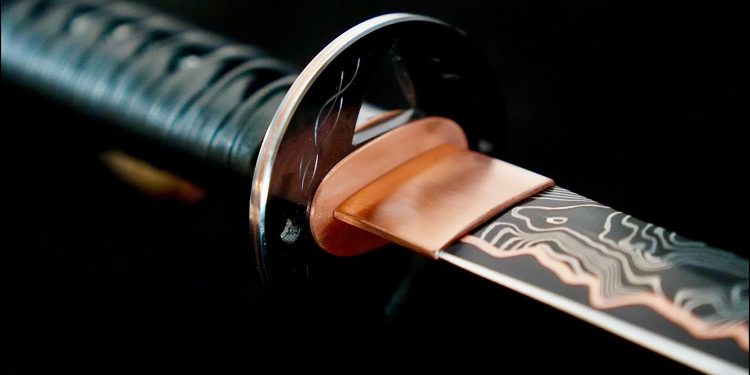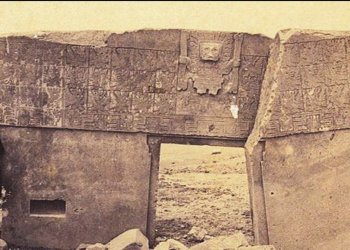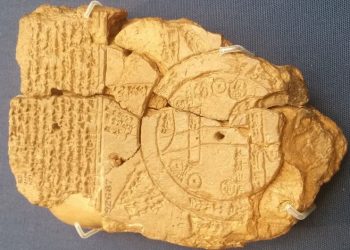Damascus steel, renowned for its incredible strength, sharpness, and distinctive patterns, continues to captivate metalworking enthusiasts, collectors, and artisans alike. This ancient material, shrouded in mystery, boasts a rich history that stretches back over a thousand years. In this article, we delve into the origins of Damascus steel, its fascinating properties, and the reasons behind its enduring allure in modern-day applications.
What Makes Damascus Steel Unique?
Damascus steel is highly valued for several key reasons:
- Distinctive Patterns: The most striking feature of Damascus steel is its intricate, wavy patterns. These unique designs are created by folding, twisting, and hammering multiple layers of steel, resulting in visually captivating and one-of-a-kind blades.
- Superior Strength and Durability: The process of folding and layering the steel during forging makes Damascus steel incredibly strong and durable. This ensures that the material is well-suited for high-stress applications like weapons and tools that endure significant wear and tear.
- Exceptional Sharpness and Edge Retention: The forging technique used to create Damascus steel enhances its ability to hold a sharp edge. This makes it an ideal material for crafting knives, swords, and other bladed instruments that require precision and longevity.
- Corrosion Resistance: Damascus steel’s unique alloy composition contributes to its resistance to corrosion, making it easier to maintain and preserving its distinctive appearance over time.
The Origins of Damascus Steel
The origins of Damascus steel can be traced back to ancient metallurgy, with its name derived from the historic Syrian city of Damascus. First used around the 3rd century AD, it was predominantly employed by blacksmiths from the ancient Near East and Indian subcontinent for crafting weapons and armor. The steel quickly gained a reputation for its exceptional strength, remarkable durability, and eye-catching visual appeal.
Wootz Steel: The Foundation of Damascus Steel
At the heart of Damascus steel lies Wootz Steel, which originates from Southern India and Sri Lanka. Wootz steel is a unique blend of iron and carbon, forming a composite material known for its outstanding strength and resilience. The forging of Damascus steel involves a labor-intensive process of folding, welding, and hammering Wootz steel layers. This method results in the material’s signature patterns and further enhances its strength, making it superior to traditional steel.
The Mystery of Lost Techniques
The exact method of creating Damascus steel has been lost over time, with the last known examples disappearing by the 18th century. While modern efforts to reproduce the ancient technique have seen limited success, the true secrets of Damascus steel remain locked in history.
Today’s Damascus steel is crafted by mimicking the appearance of the ancient material. While it does not possess the exact properties of the original, modern Damascus steel offers similar strength, sharpness, and aesthetic appeal. Skilled craftsmen layer different types of iron and steel, fold them together, and twist the layers to create the signature swirling patterns.
Applications of Damascus Steel
Damascus steel is best known for its use in crafting high-quality knives, swords, and bladed tools. The metal’s combination of sharpness, edge retention, and corrosion resistance makes it a popular choice among chefs, hunters, and collectors.
Crafting Damascus Steel Knives
The creation of a Damascus steel knife is a true art form. Bladesmiths carefully select their materials, forge the metal, and heat-treat it to achieve the perfect balance of strength, sharpness, and flexibility. The final product is both a functional tool and a beautiful work of art, highly coveted by collectors.
The patterns found in Damascus steel knives are as diverse as the artisans who create them. Whether bold and swirling or delicate and intricate, each Damascus steel knife is unique. Through the process of etching, the contrasting layers of steel are revealed, further enhancing the blade’s visual appeal.
To maintain the beauty and performance of Damascus steel, proper care is essential. It’s important to keep the blade clean and dry, as moisture can cause corrosion. Regular sharpening and oiling are also crucial for preserving the steel’s sharp edge and striking appearance.
The Enduring Allure of Damascus Steel
What makes Damascus steel so captivating is the combination of its aesthetic appeal, exceptional performance, and the ancient craftsmanship that goes into its creation. For centuries, it has been admired not just for its functionality, but also for the mystery surrounding its lost techniques. Modern Damascus steel continues to fascinate collectors, chefs, and artisans alike, symbolizing a rich connection to ancient metallurgy and craftsmanship.
As we explore the history, techniques, and artistry behind Damascus steel, it’s clear that this extraordinary metal will continue to inspire future generations. Whether you’re a collector, a chef, or simply someone who appreciates fine craftsmanship, Damascus Steel offers a perfect blend of beauty and performance that remains unmatched in the world of metalworking.
Damascus steel’s history, craftsmanship, and timeless appeal ensure that it continues to be a cherished material in the world of metallurgy and craftsmanship. From its ancient origins to modern-day applications, this legendary metal has captivated generations and will undoubtedly maintain its place in history. So, the next time you come across a Damascus steel knife or sword, take a moment to appreciate the centuries of knowledge and artistry that have gone into its creation.











